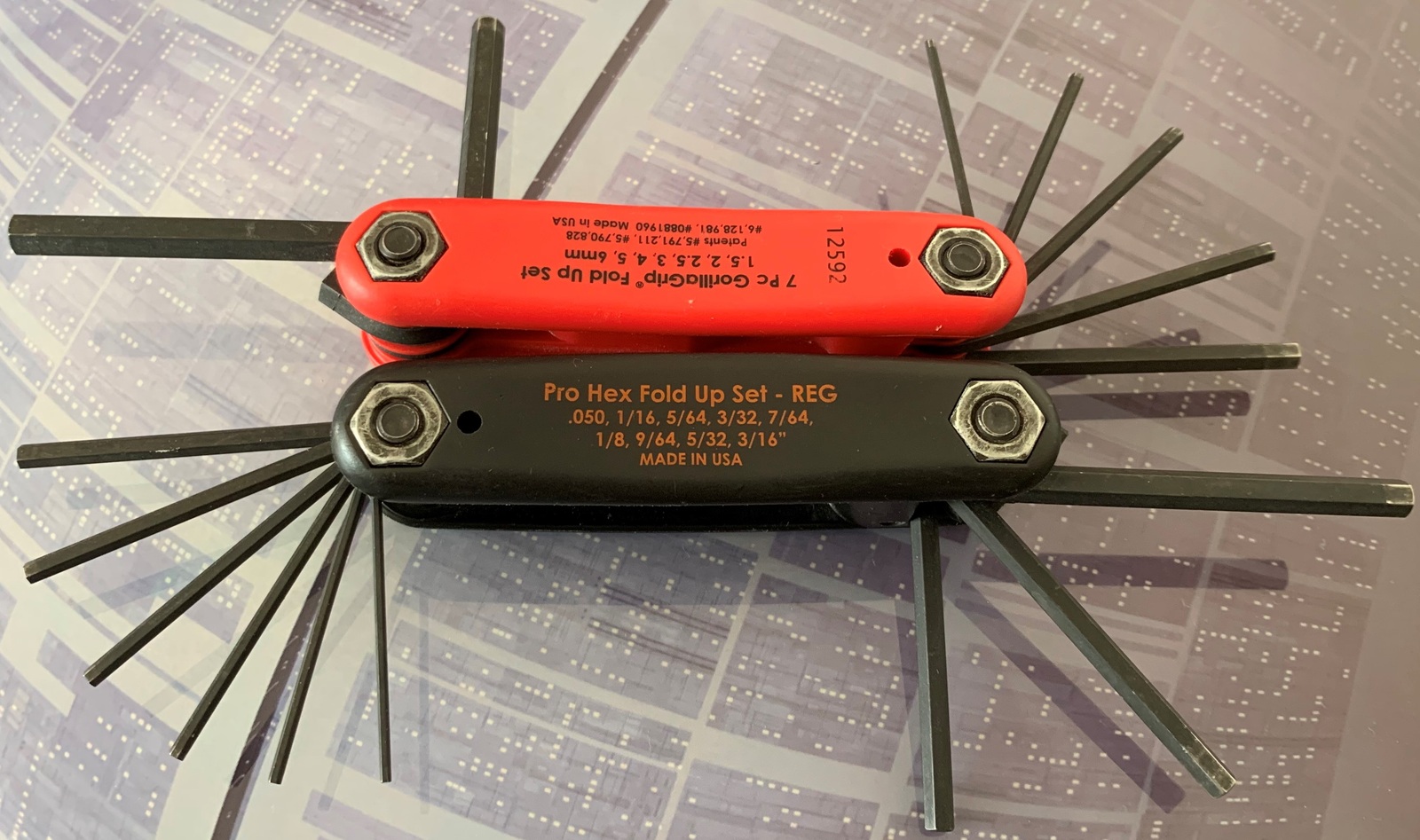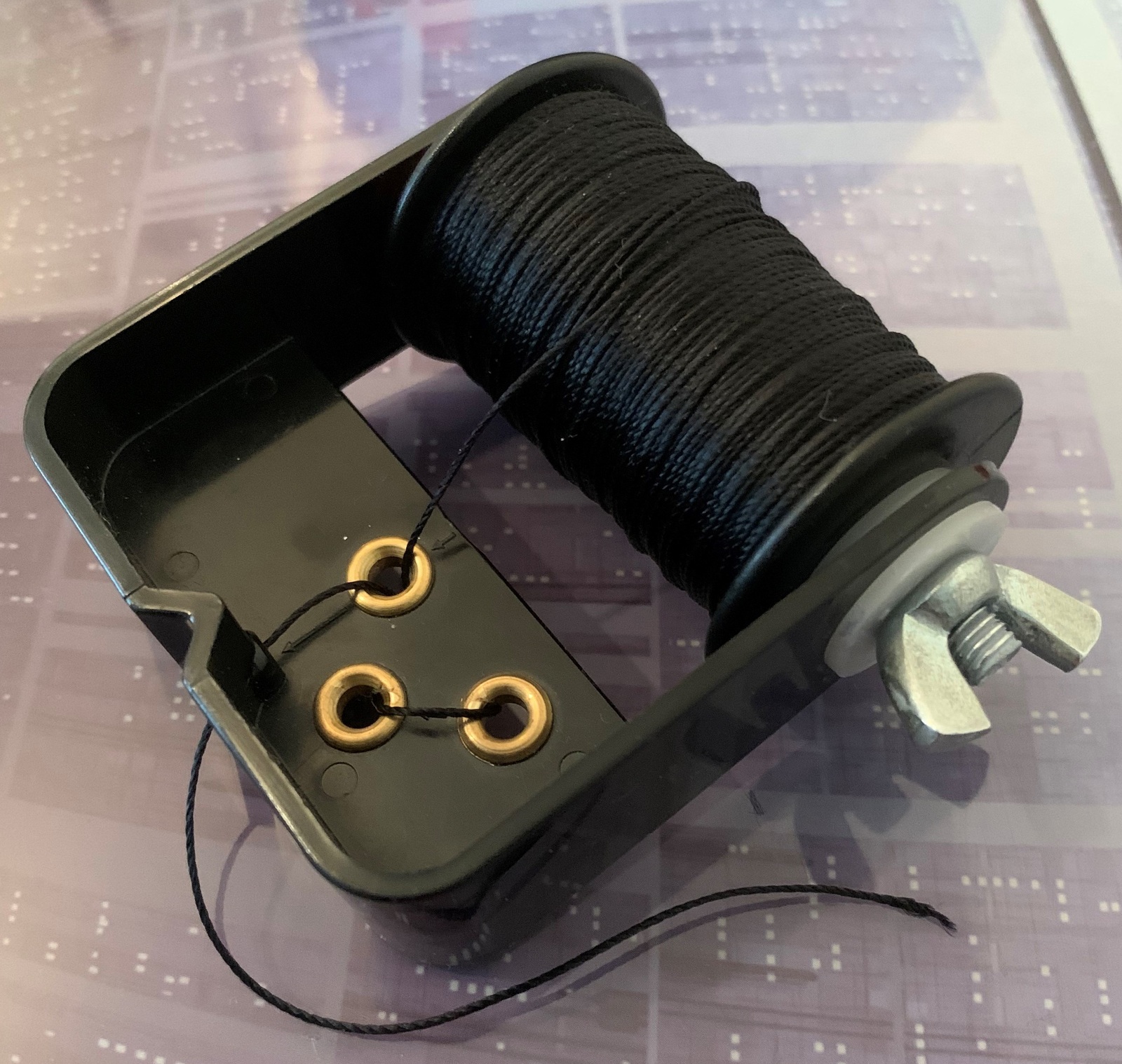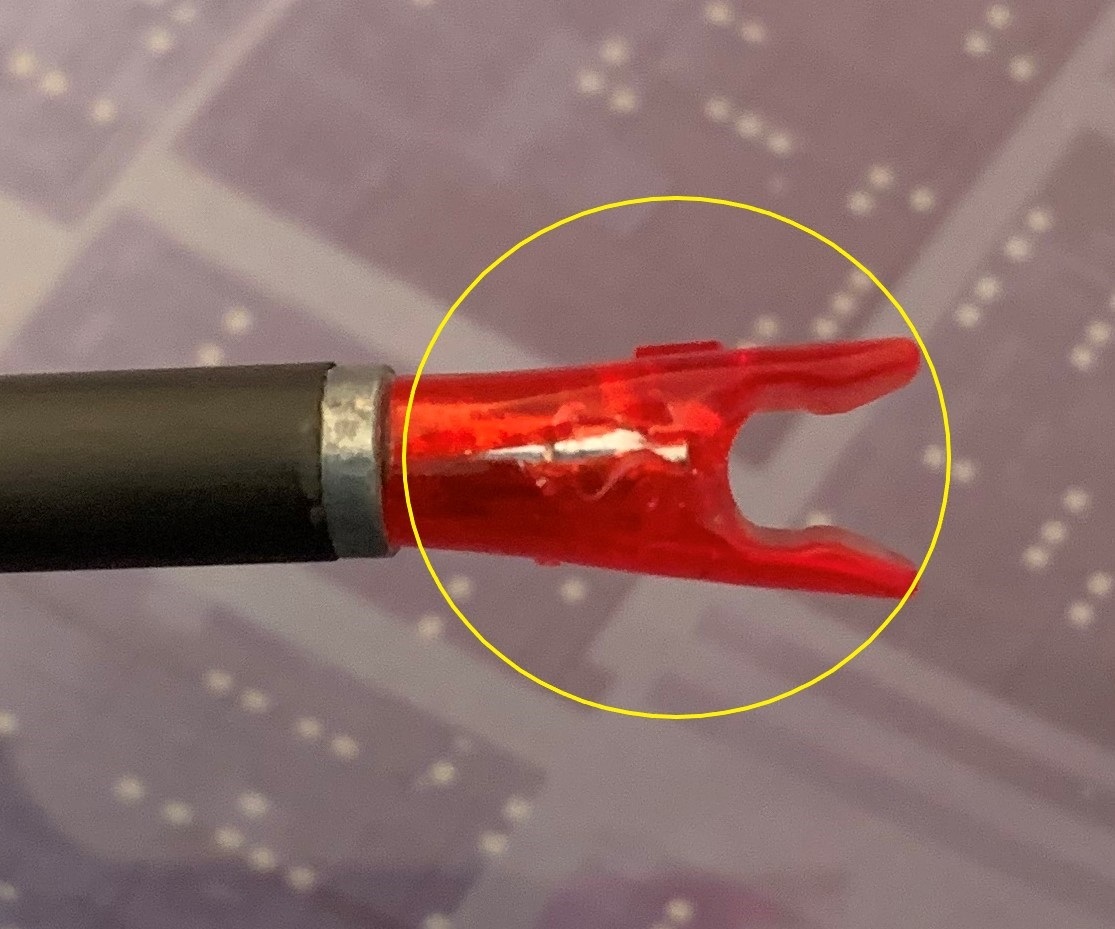George Davidson of Glasgow Archers takes you through the basic archery kit maintenance you can do to keep you shooting for longer.

Santa was good to you at Xmas. He brought archery kit and it’s your new passion. Releases are dynamic, string-picture is consistent, and groups are improving but things are starting to rattle and look worn. Time to start that other great archery obsession – maintenance!
The forces we put our bows through are ferocious. Vibration post-shot, even on well suppressed bows, can shake screws loose (longbows excepted obviously :o). Checking the screws on your bow regularly is a good idea, otherwise sights etc., could work loose and fall off!
Now bows make use of hex/Allen keys that archers collect like squirrels hoard nuts, but when needed you’ll never have the right sizes with you – they’ll be safe at home! So rather than carrying your entire hex key collection in your quiver, a smart purchase is a couple of folding hex key sets (imperial and metric). Now you have various sized keys all in one place BUT remember, when tightening screws, ensure they are only finger tight! Screw heads on bows are notoriously easy to chew up so be careful not to crank things too tight.
Non-compound strings suffer a great deal of wear. Ideally shooting two strings (alternating each session) means if one has issues you have an equally shot-in backup.
How often should you wax a bow string?
Regularly waxing your string protects it from the weather and binds the strands together making them stronger and more efficient. How often you do it depends on how it feels. A hairy string, looking like something the cat has been playing with or feeling dry, needs to be waxed. When applying string wax, vigorously rub it in with your fingers, generating friction to melt the wax into the string. Your fingers will feel the heat building up before you can damage the string. However, don’t wax the servings! A waxed serving is like a heavily waxed floor in a silent movie: it’s an accident waiting to happen!
Strings need to be replaced when the top/bottom servings start to wear through. However, a worn central serving can easily be renewed. This can be done on the bow with a serving jig and serving thread. It’s also the first step in learning to make strings.
Now… arrows. They take a beating every shot. Shafts and points are extremely durable but nocks and fletches/feathers aren’t! While Robin Hoods are rarish, arrows clashing together when you group like a pro can crack/deform brittle nocks and dislodge fletches. You’ll see top archers in World Archery competitions check theirs every end. Do the same. Seconds spent here may pay off later as damaged fletches could result in a search in the grass. Worse, a cracked/deformed nock could cause a dryfire! So, if in doubt, discard! Having spare nocks and fletches is a must and learning how to fletch is a useful skill. Borrow a fletching jig and have a go - you’ll never run out of fletched arrows again!
So, there you have it. Quick, simple maintenance that will keep your bow in good health and able to shoot Xs. Now, back to practice. Don’t want to let your well-maintained bow down, do you? ;o)
Find out more
Equipment maintenance with Kieran Carr
Waxing your bow string
Serving your string